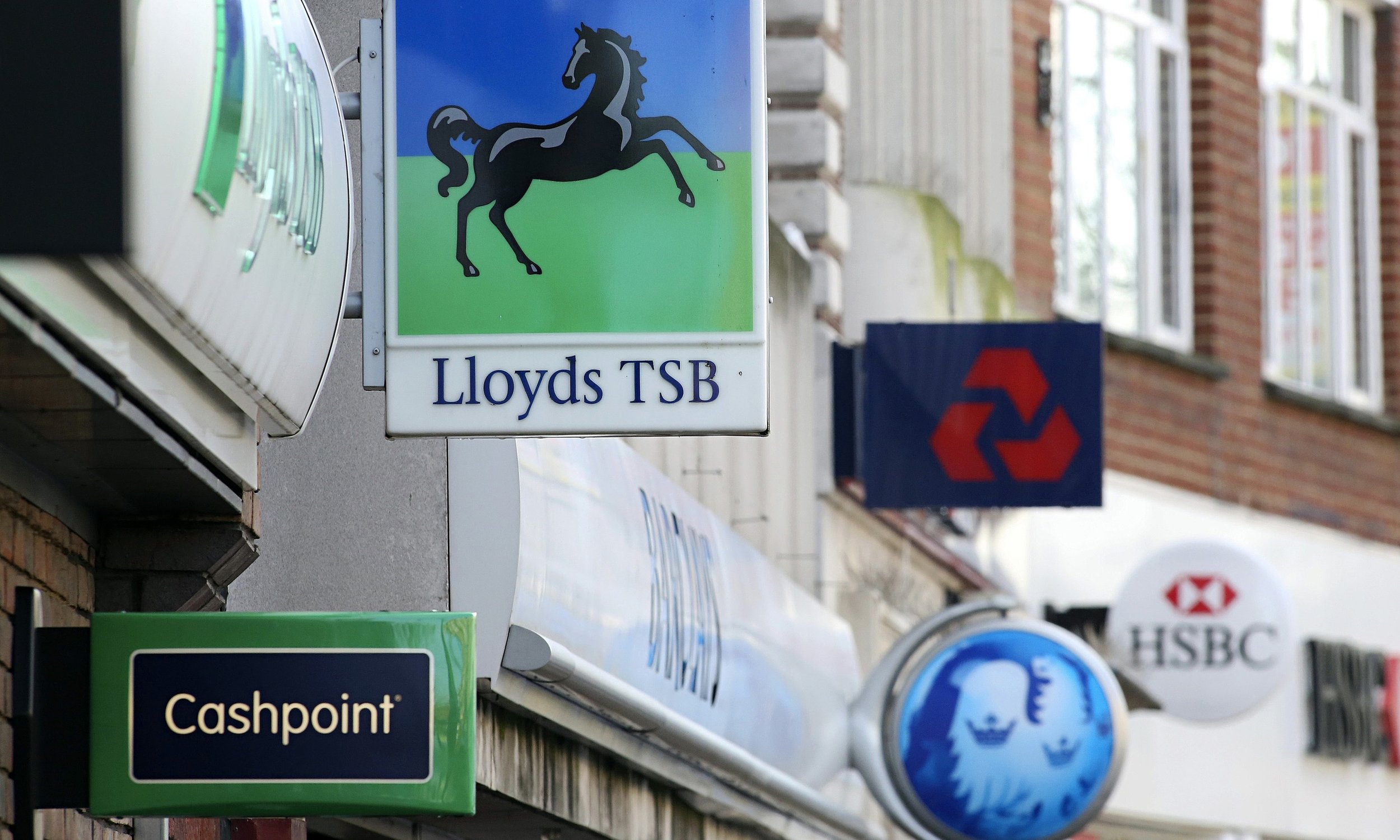Bank of England stress tests inadvertently reveal the weakness of the UK banking system
The Bank of England’s latest stress test results are important for the following reason: in acknowledging the financial weakness of RBS, the Bank of England is implicitly acknowledging that its own past policies have failed. After all, had those policies worked, then RBS should have returned to financial health long before now. [1]
The results of the stress tests properly interpreted also show that RBS is not the only bank in trouble. The Bank of England flagged up ‘issues’ with Barclays and Standard Chartered too, but the truth is that all the banks are financially weak. The elephant in the room is that the Bank of England’s policies towards the UK banking system have failed to restore it to financial health despite the vast public subsidies involved and despite Bank of England protestations to the contrary.
Bank of England fails its stress test again
On November 30th, the Bank of England released the results of its third publicly disclosed set of stress tests of the financial resilience of the UK banking system.
The good news is that the news is good: our banking system is in good shape, but the bad news is that the good news is not credible.
In this post, I would like to put the stress test results through my own favourite stress test – a reality check.
By this most basic of tests the Bank scores an ‘F’.












